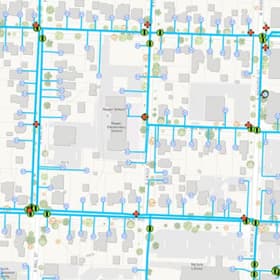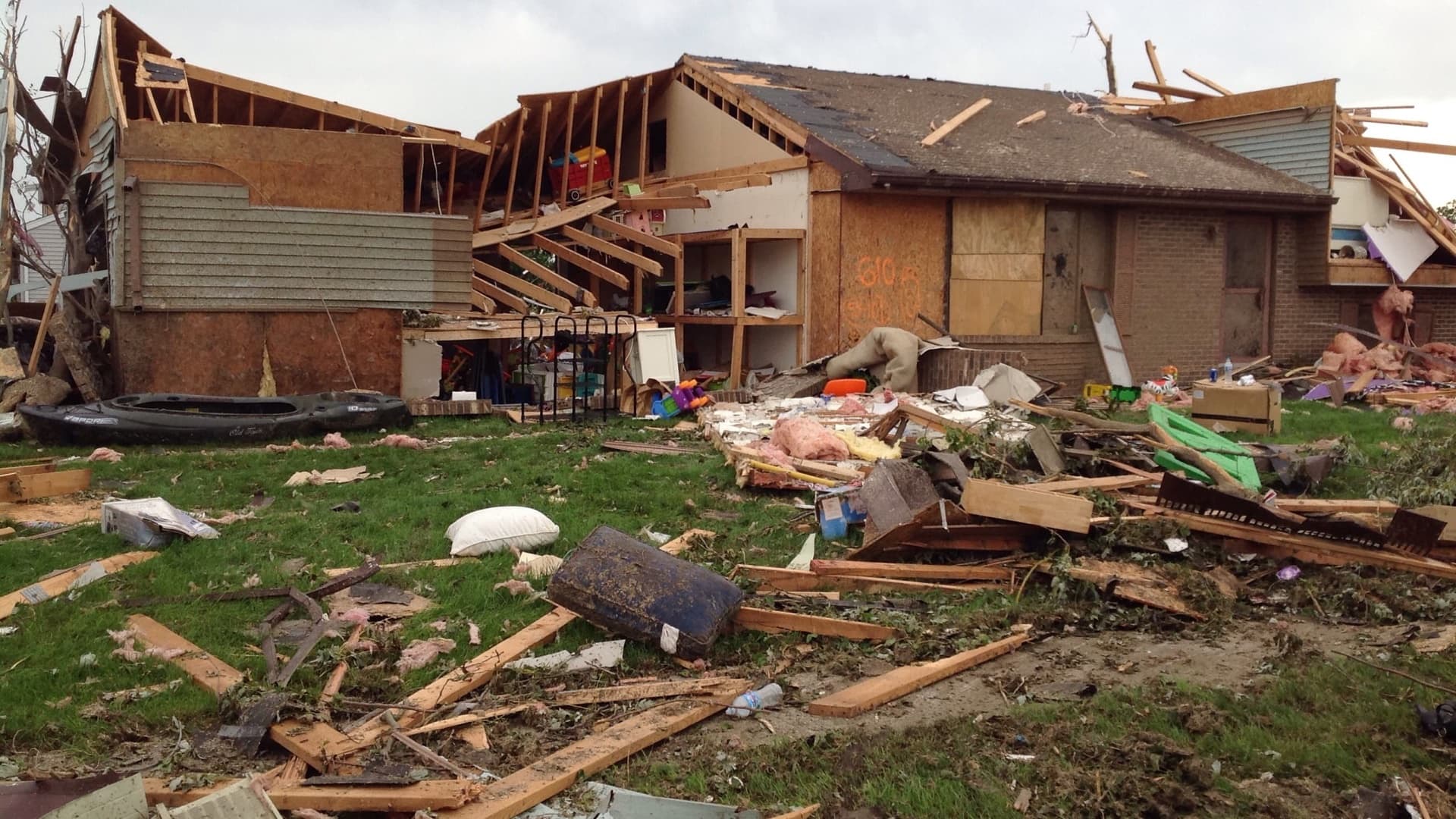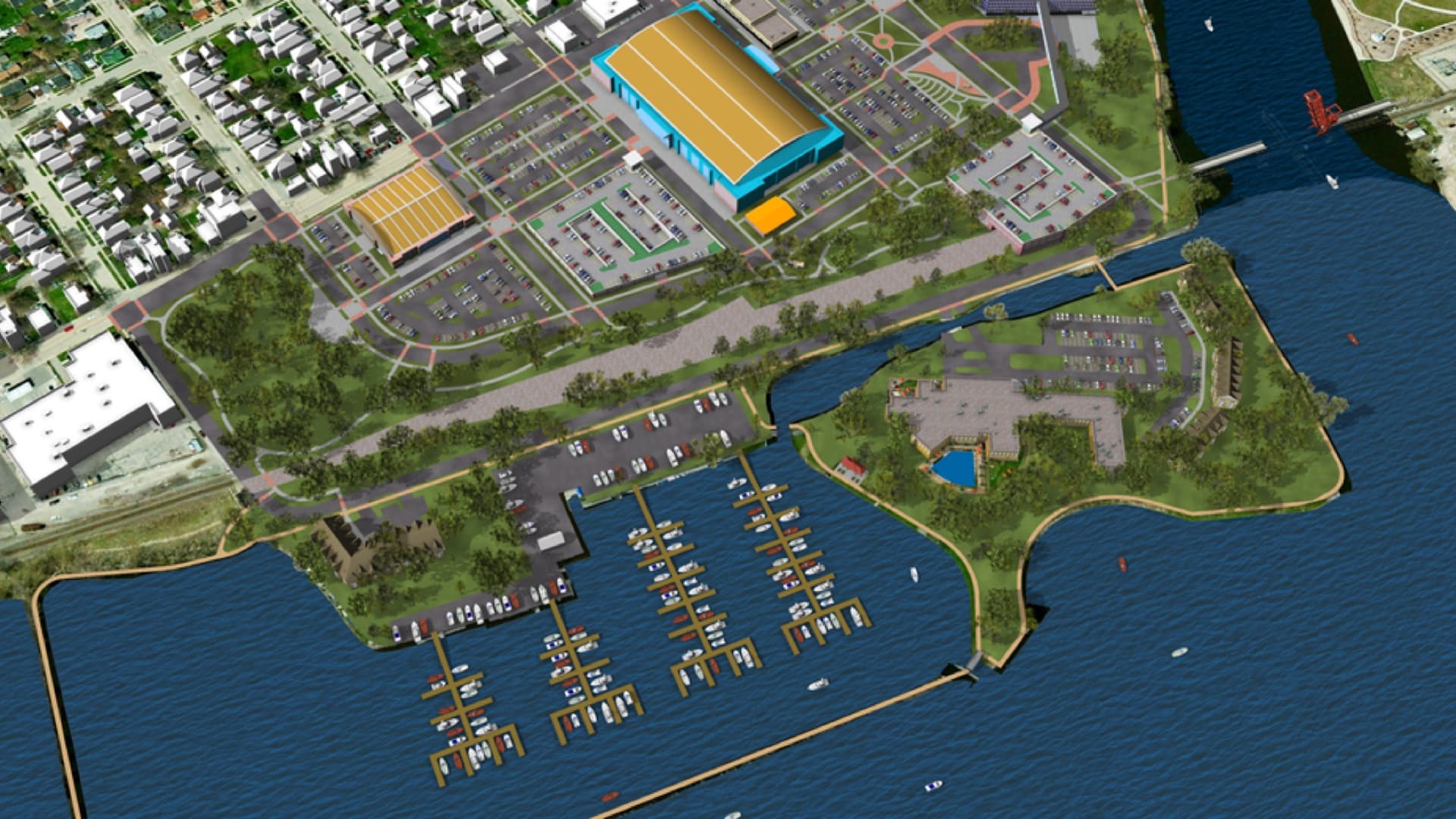

What we are really excited about is the ability to schedule, track, and monitor routine maintenance programs, and to have a complete reporting support system.
February 22, 2018

Michigan’s Ontwa Township, located in the southwest corner of Michigan along the Indiana state line, serves 6,000 residents and covers 21 square miles. The township has several large lakes, including the home-lined shores of Eagle Lake, a community centerpiece.
Recently, ruptures in the town’s wastewater network have embarrassed the community, and resulted in costly fines, including $60,000 in penalties both for spillage and failure to follow protocol when sludge gushed into the water and onto the land.
“Things break down because we don’t have a good alarm system,” Beth Westfall, a member of the Ontwa Waste Water Board, explained.
Integrating Information
Like many small townships, Ontwa’s asset information spread over many disconnected software applications, databases, and systems. Operations staff couldn’t find the sewer management data they needed. When they did, it was often wrong and outdated.
Recognizing the growing challenges of Michigan’s infrastructure, the Michigan Department of Environmental Quality (MDEQ) allocated $450 million to modernize the state’s water networks and treatment plants. Called the Stormwater, Asset Management, and Wastewater (SAW) Grant Program, Michigan metes out funds to help communities like Ontwa struggling to manage assets and respond to crises intelligently. Ontwa applied and received a SAW grant to help solve its problem.
The city’s wastewater treatment provider, Elkhart, repeatedly saw high levels of hydrogen sulfide gas in the sewers. Hydrogen sulfide in the pipes converts to sulfuric acid, and over time, the acid compromised the porous concrete vaults containing the apparatus that controlled flow and pressure. Eventually, system failures led to a spillage due to a collapsed force main.
After spending more than $100,000 on new pumps, valves, and chemical additives to address the hydrogen sulfide issue, a larger challenge remained: how to better manage the physical network and prevent incidents from occurring. All agreed that being reactive had proved expensive for the community.
Ontwa worked closely with Wightman & Associates, a leading engineering firm, to create a “digital twin” of its wastewater network using a geographic information system (GIS) to capture network details. With that foundation, the township could then track sewer maintenance efforts and to meet protocols should another rupture occur.

What we are really excited about is the ability to schedule, track, and monitor routine maintenance programs, and to have a complete reporting support system.
Modernizing for Automation
Like all distribution systems, wastewater infrastructure consists of many component assets, not just valves and pipes. To prevent future failures, officials recognized the township needed to account for every part by knowing its exact location and condition.
The new asset management system moved Ontwa from outdated manual processes to modern automated workflows.
“What we are really excited about is the ability to schedule, track, and monitor routine maintenance programs, and to have a complete reporting support system,” said Ray Galovich, project manager for Infrastructure Alternatives, the firm that provides operational services to Ontwa Township.
The GIS-powered asset management system helps Ontwa answer fundamental questions to prevent future failures:
Maintenance staff now use a mobile app in the field that displays an up-to-date map of the water system. With it, staff can view assigned work orders, provide updates based on tasks completed, and access service order and preventive maintenance plans. The updated system also supports the staff’s ability to present information to managers and township officials, strengthening Ontwa’s commitment to transparency.
With the ability to closely monitor the condition of all assets, Ontwa has moved from reactionary to preventive sewer maintenance—a primary goal of any large-scale digital transformation. Next, the department hopes to integrate more sensors and real-time data feeds along the network to know remotely how the system is performing.
Learn more about how water utilities are strengthening their water management by creating intelligent water systems.


